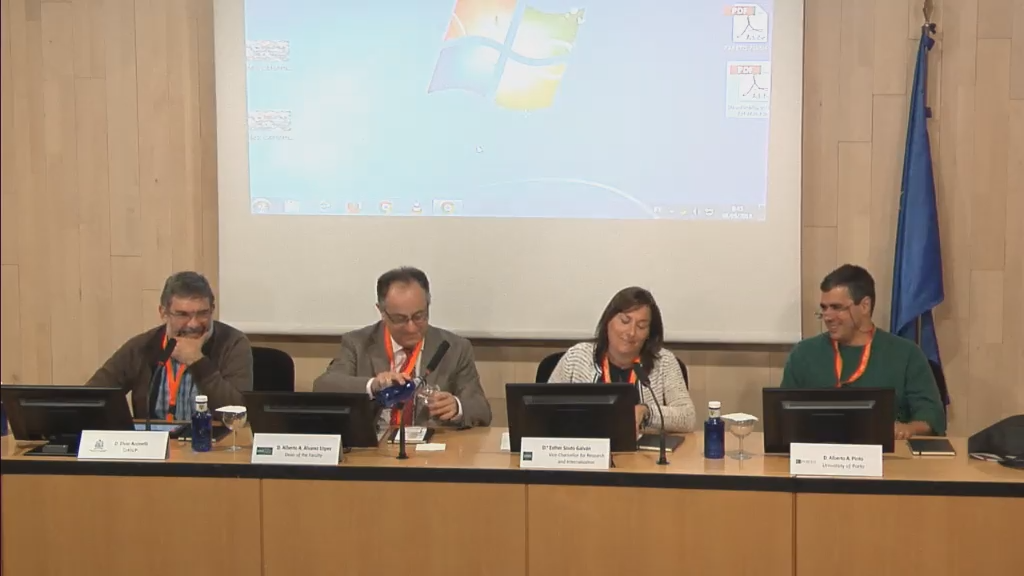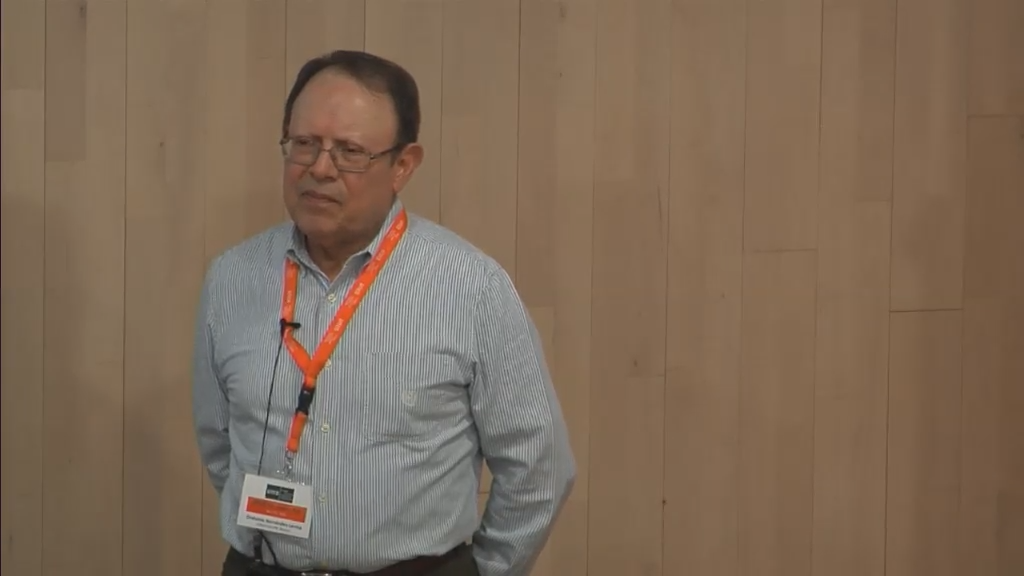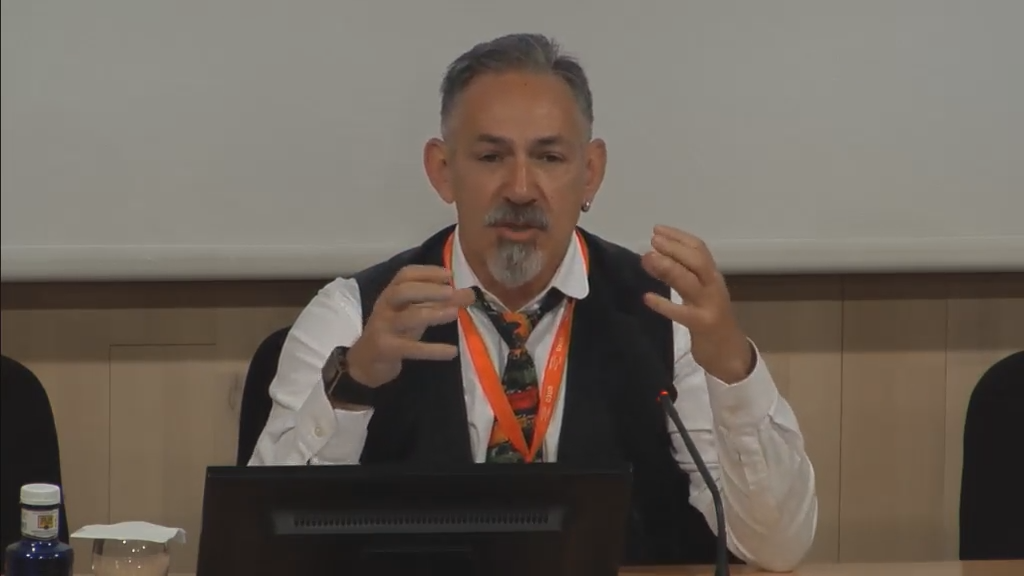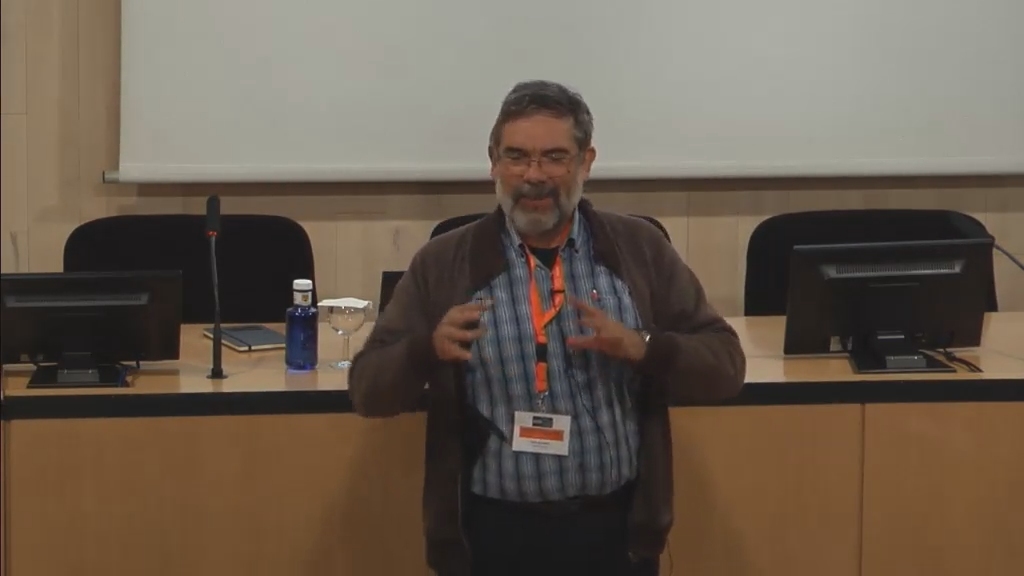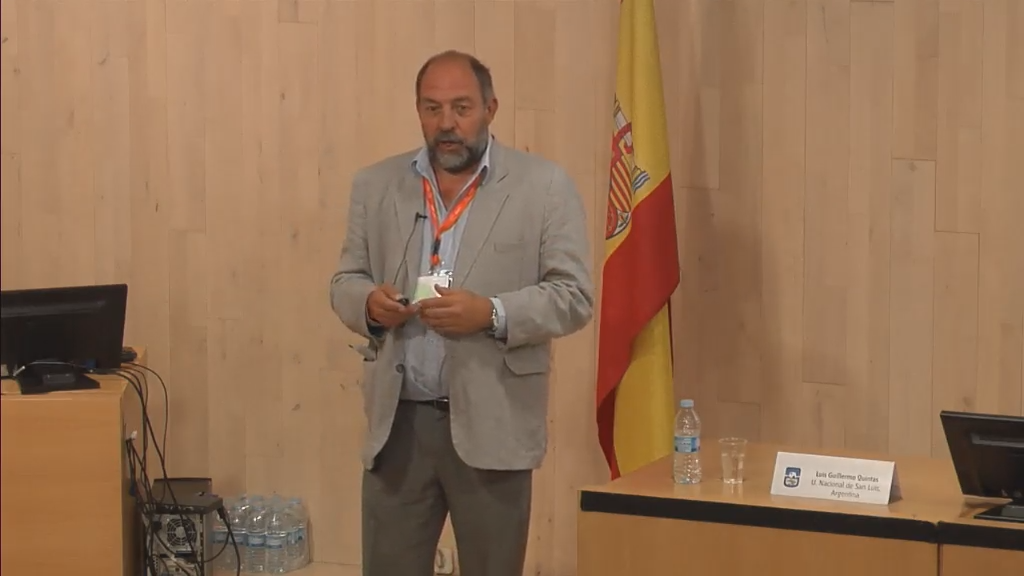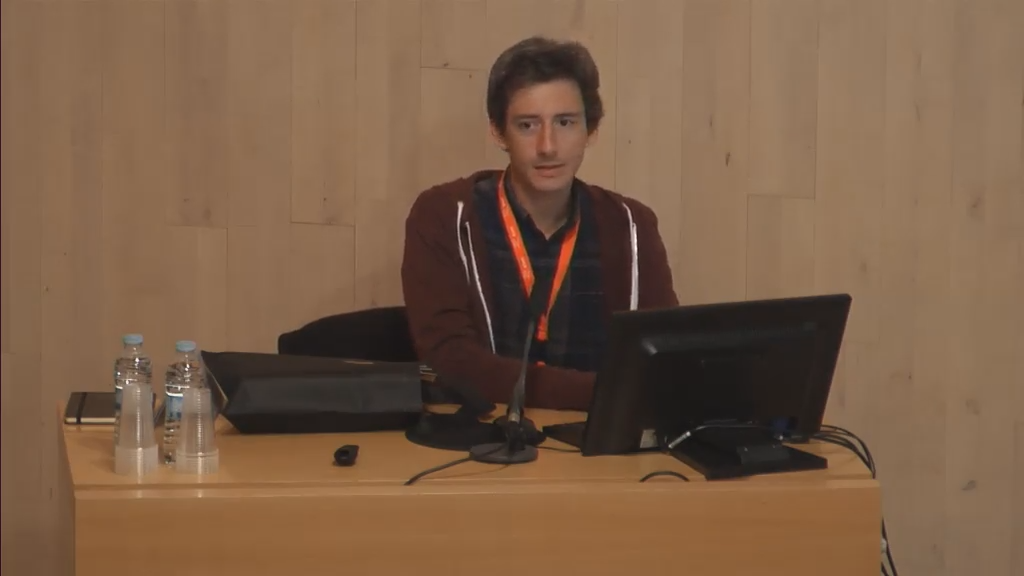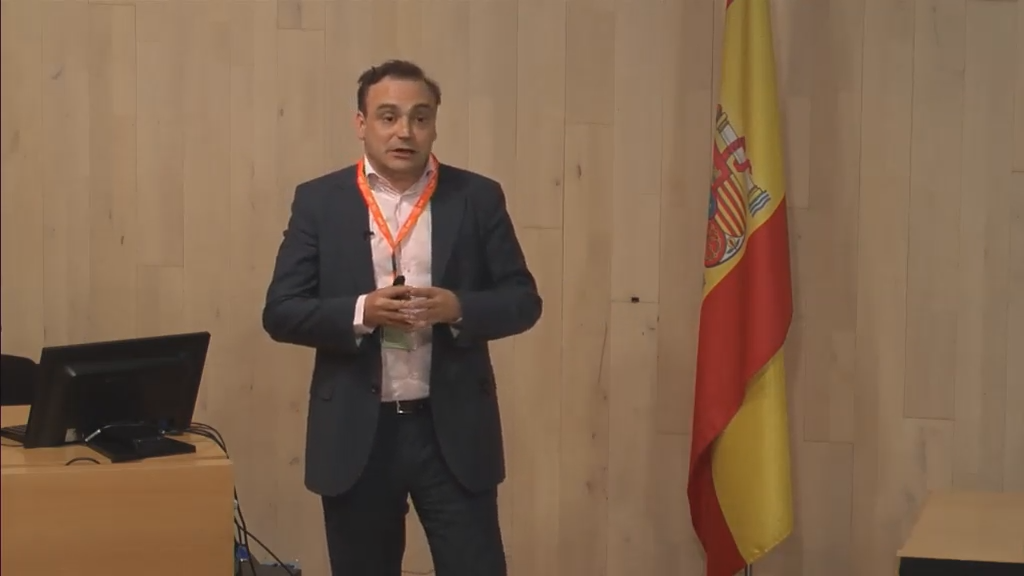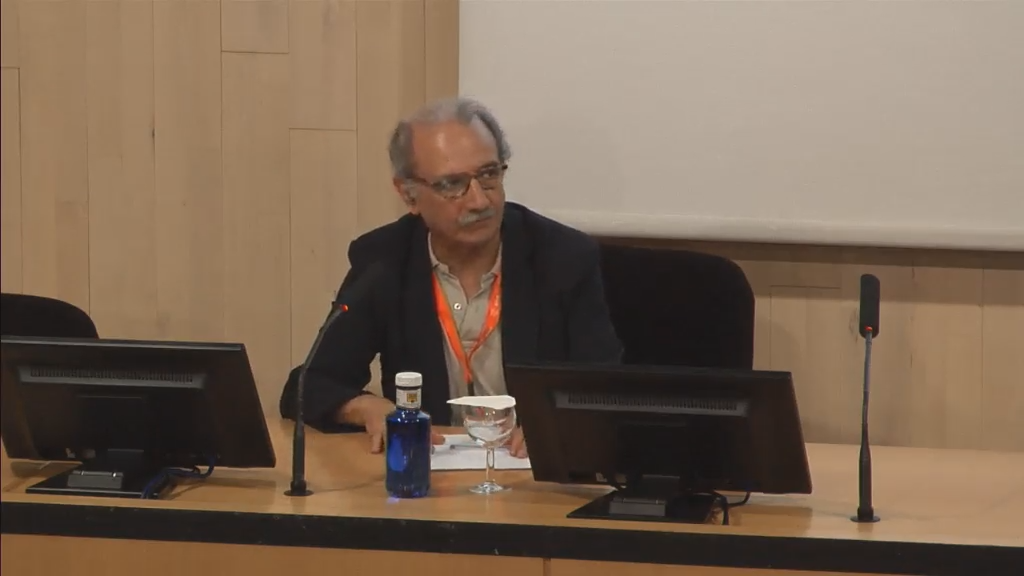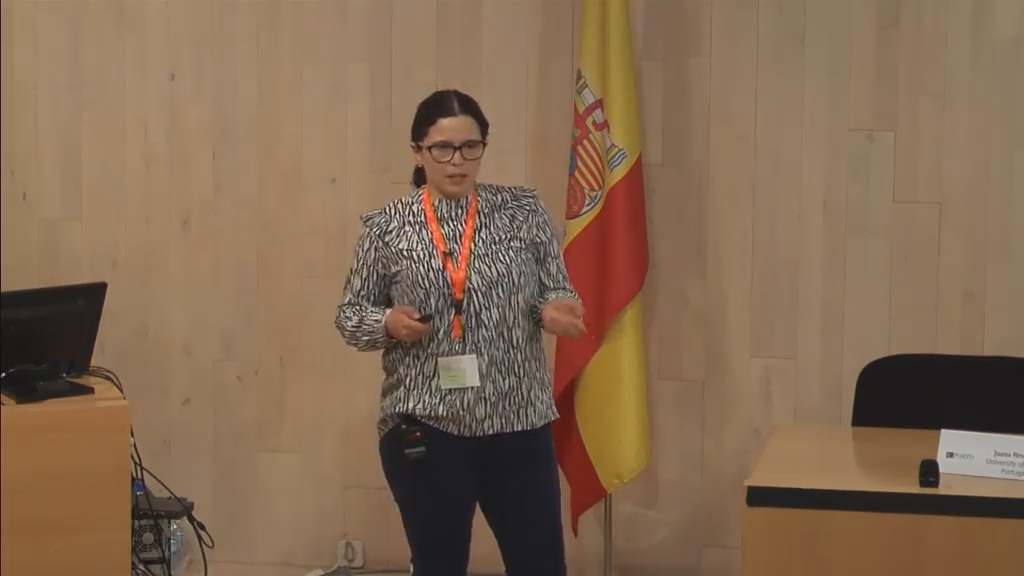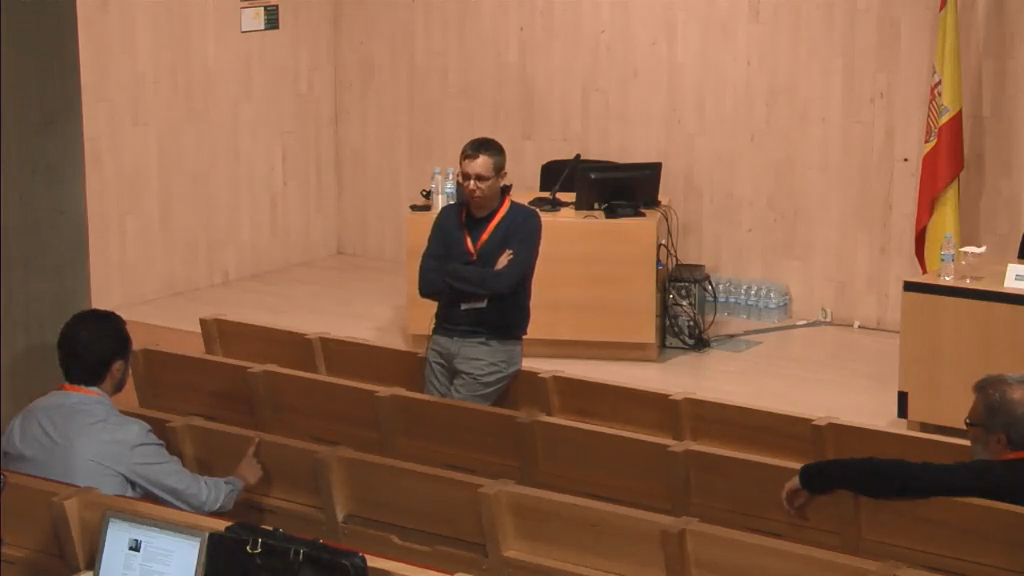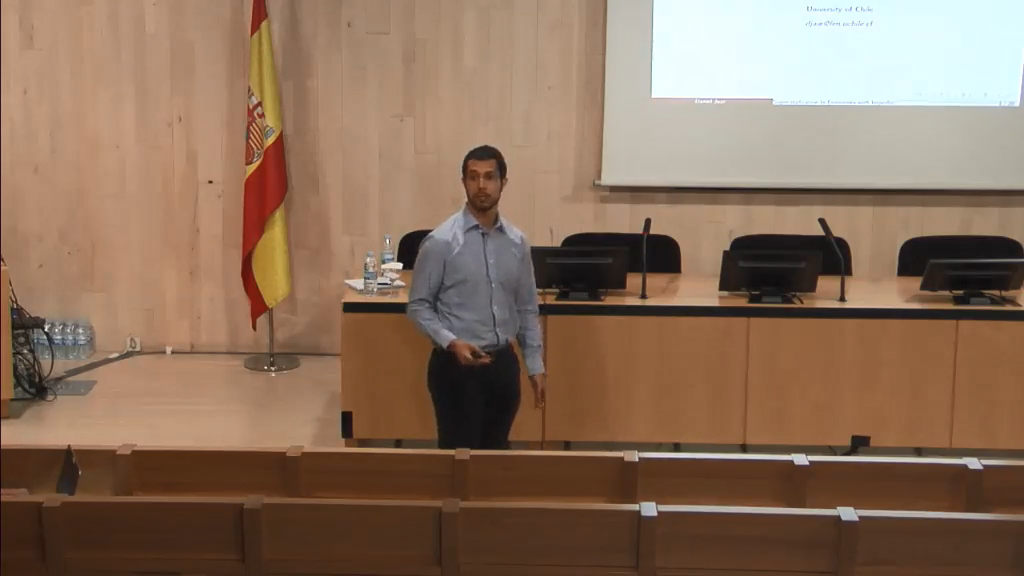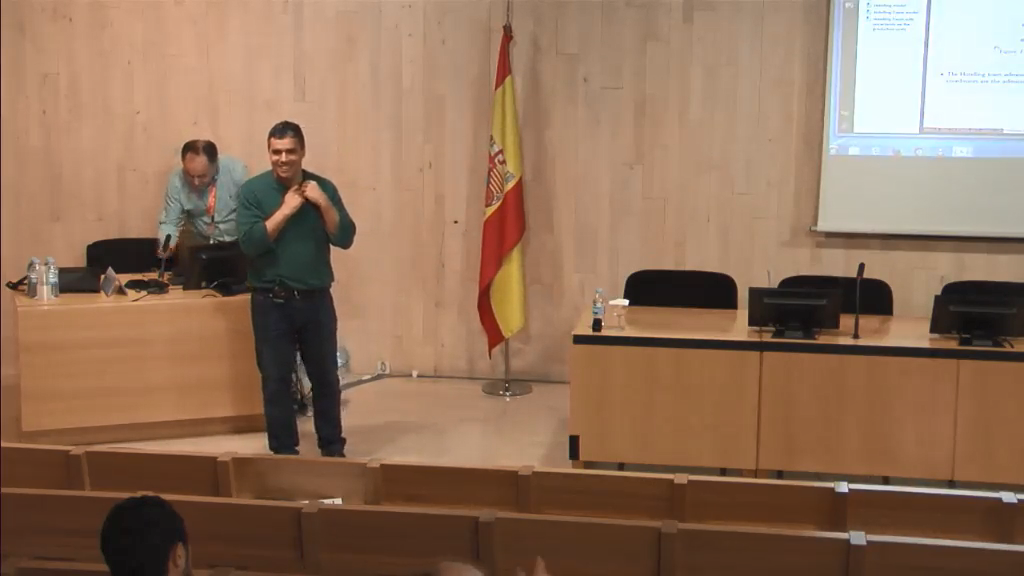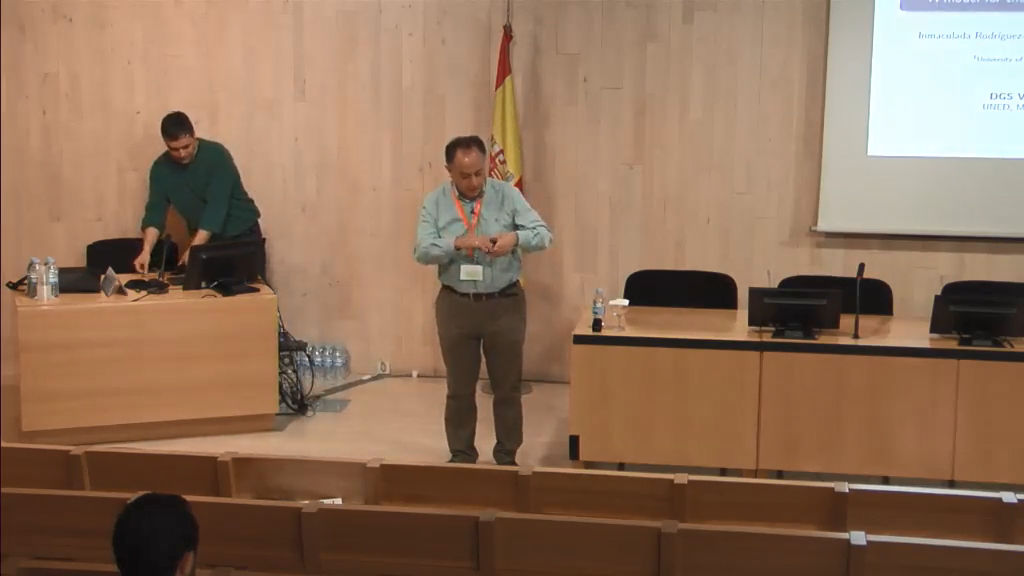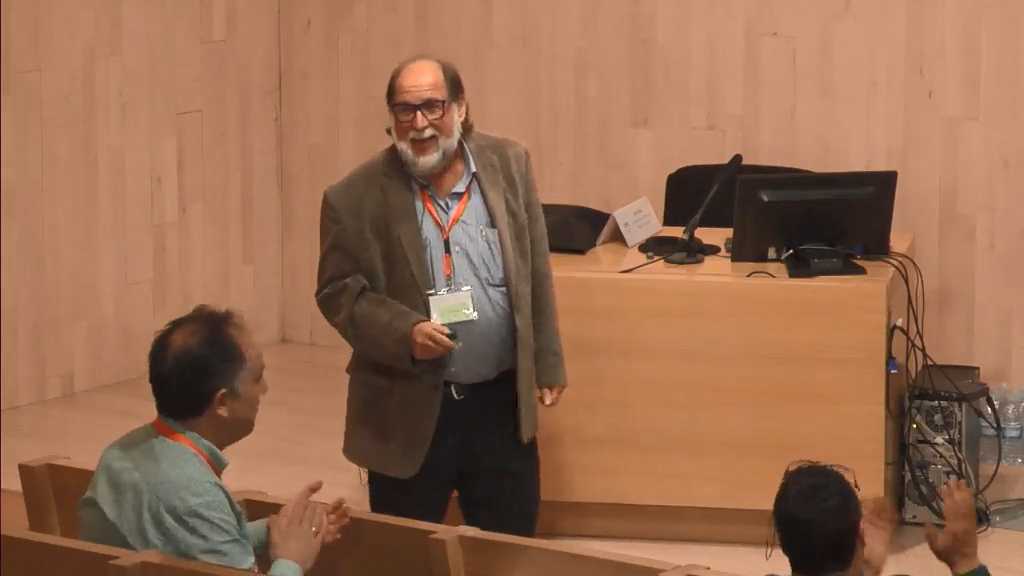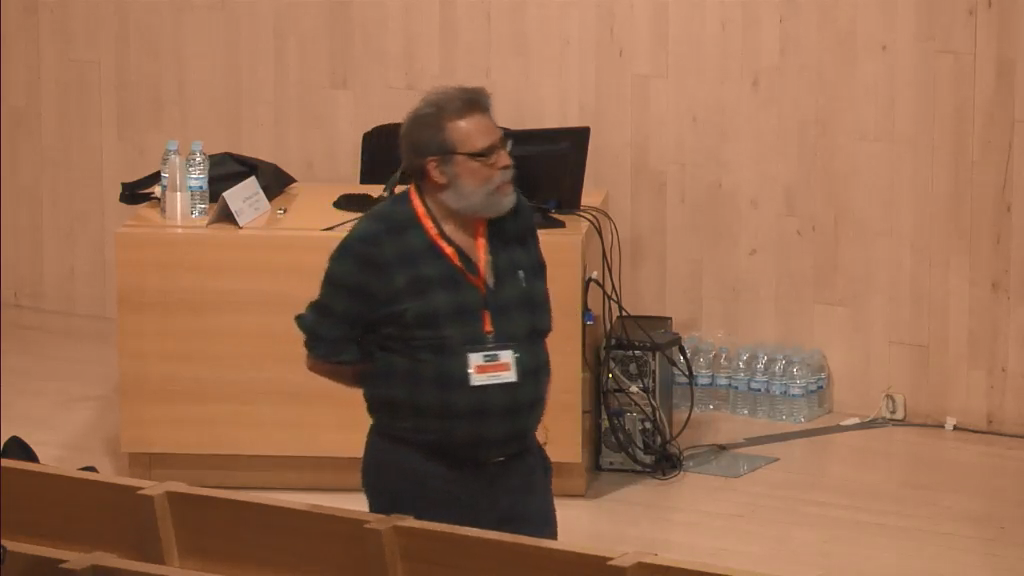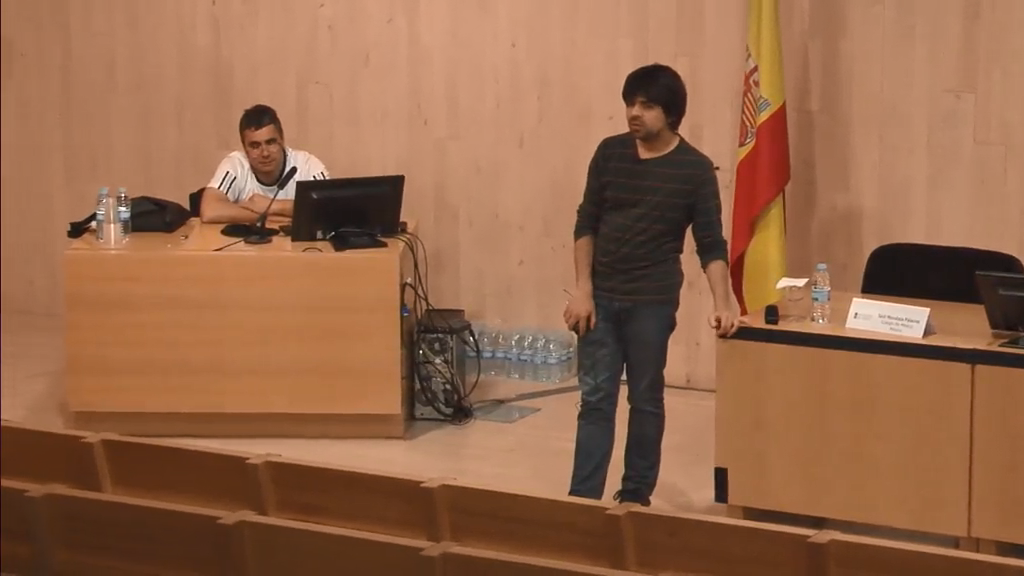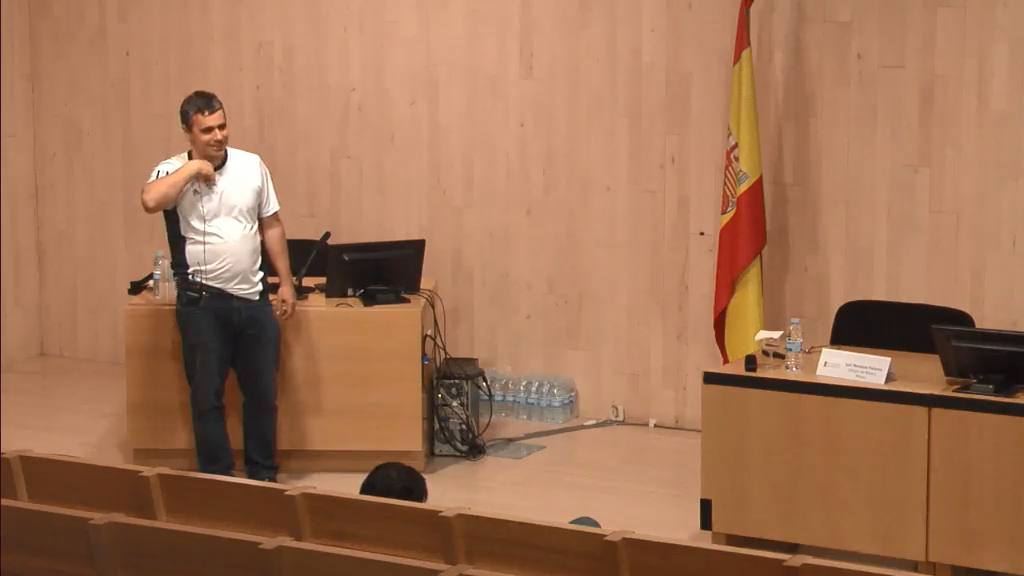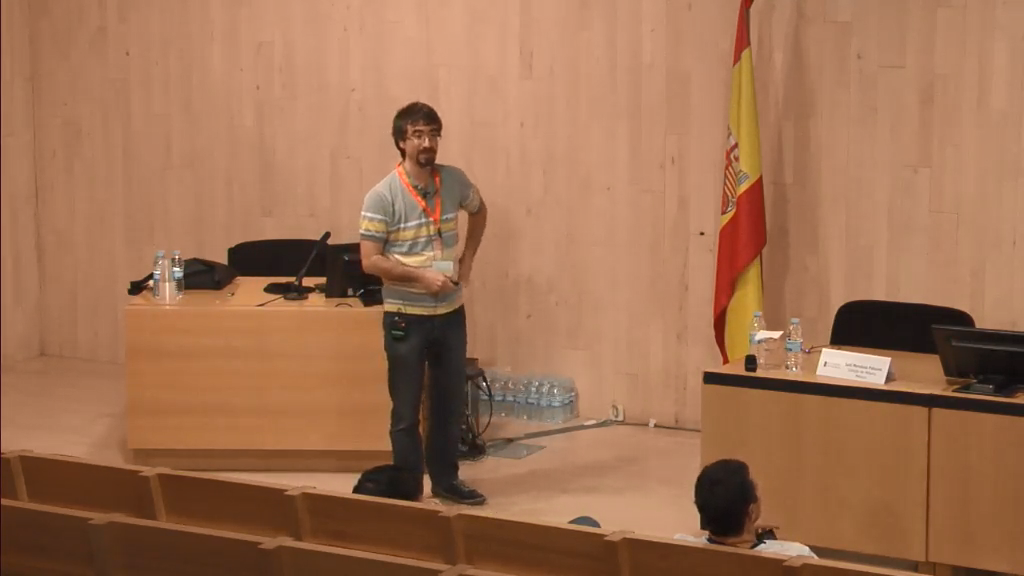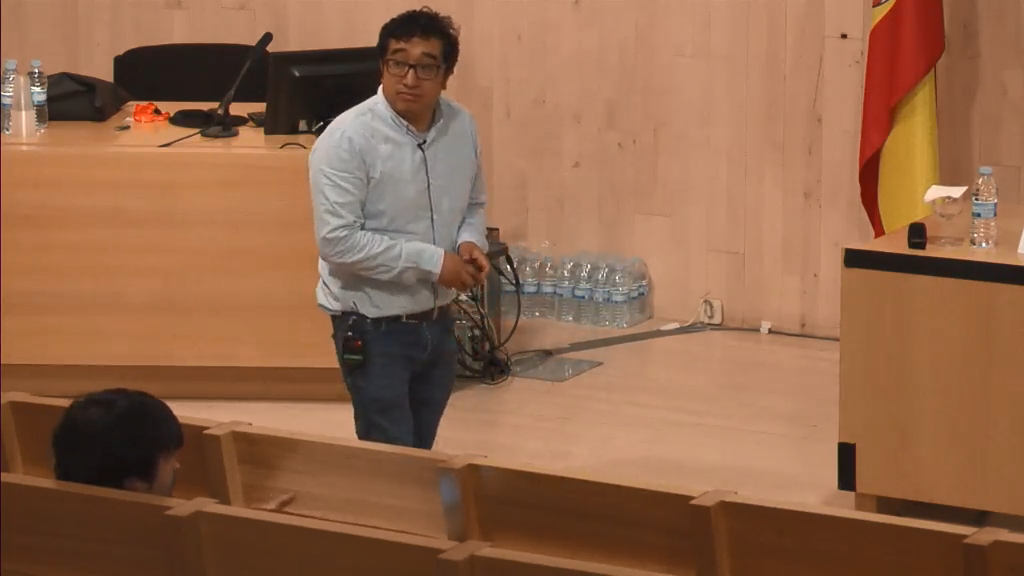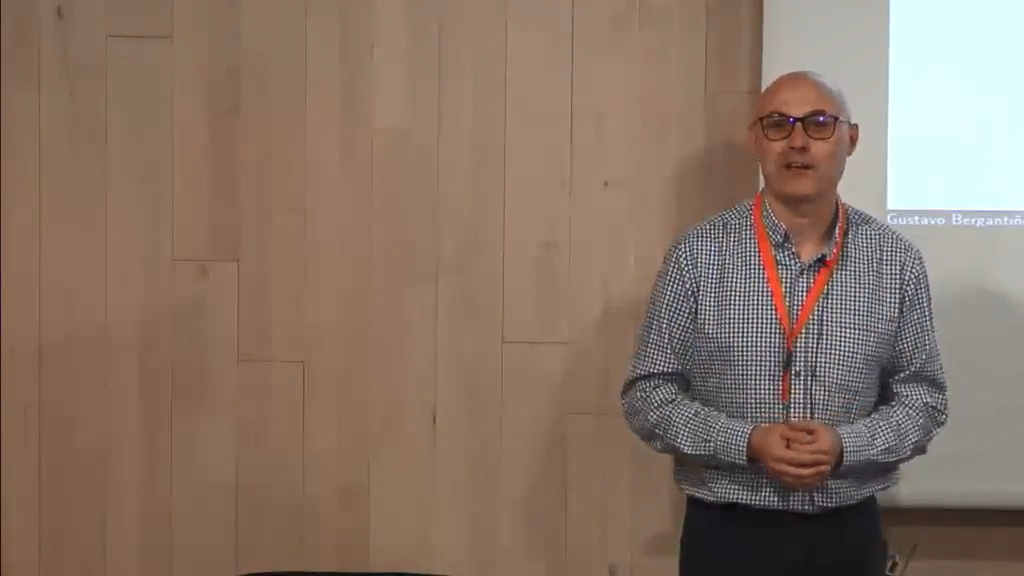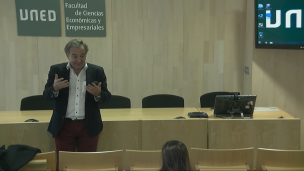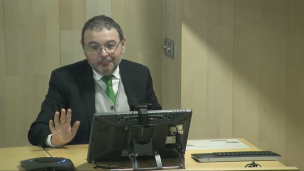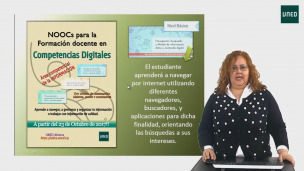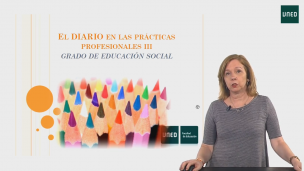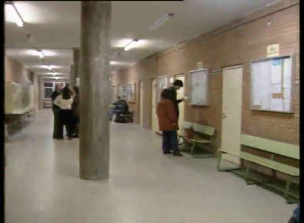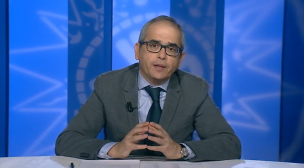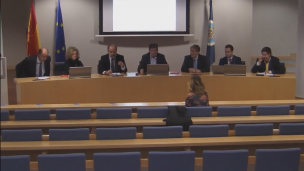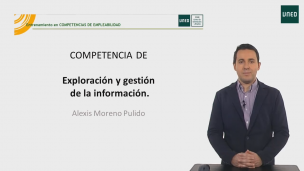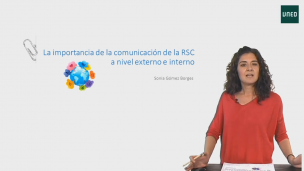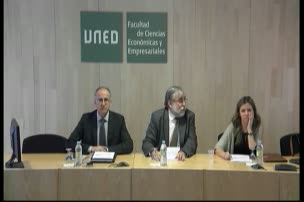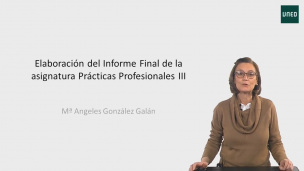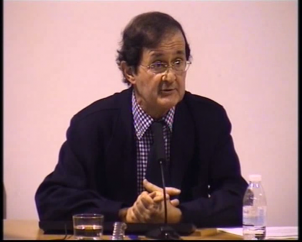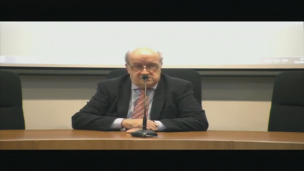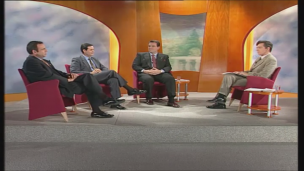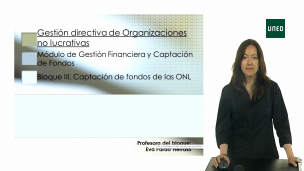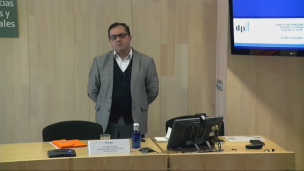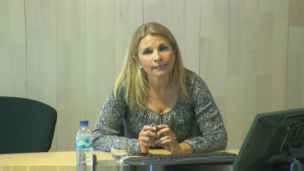Are Social Exclusion and Poverty Measures Referred to the same People? A Comparison Using Spanish Data
One of the targets of Europe’s growth strategy (Europe 2020) is “reduction of poverty by aiming to
lift at least 20 million people out of the risk of poverty or social exclusion”. How to identify those people
considered poor/socially excluded is one of the most important questions discussed in the specific literature.
Authors have usually employed two different methodologies to categorize them: poverty –measured using
monetary variables‐; and deprivation –considering qualitative indicators‐. Since both techniques try to
compute the same concept they should capture, at least theoretically, the same collective. But for many
authors results don’t match.
EUROSTAT combines both methodologies and defines a multidimensional index taking into account three
indicators to estimate poor/deprived population: people at risk‐of‐poverty after social transfers; severely
materially deprived people and people living in households with very low work intensity. We concentrate on
the first two indicators and analyze the relationships between them using the Spanish Survey on Living
Conditions 2010 in order to test if they identify the same group. Following EUROSTAT methodology we
found that 2,590,148 Spanish households can be considered poor and 504,227 are deprived. But only
262,280 are, at the same time, poor and deprived. In order to improve deprivation index we substitute
EUROSTAT methodology by Fuzzy method but results do not get better. Additionally, we test both
deprivation indicators with households’ income distribution (percentiles) and find very significant
inconsistencies: some deprived families belong to the highest income percentiles and some variables used to
work out the indexes have sample problems. The main conclusion of the article is that in order to calculate a
2
poverty multidimensional index it is really important to analyze very carefully social exclusion variables and
indexes before using them to classify people as deprived, at least in the Spanish case
-
José Luis Calvo González profesor del Departamento Análisis Económico, UNED


